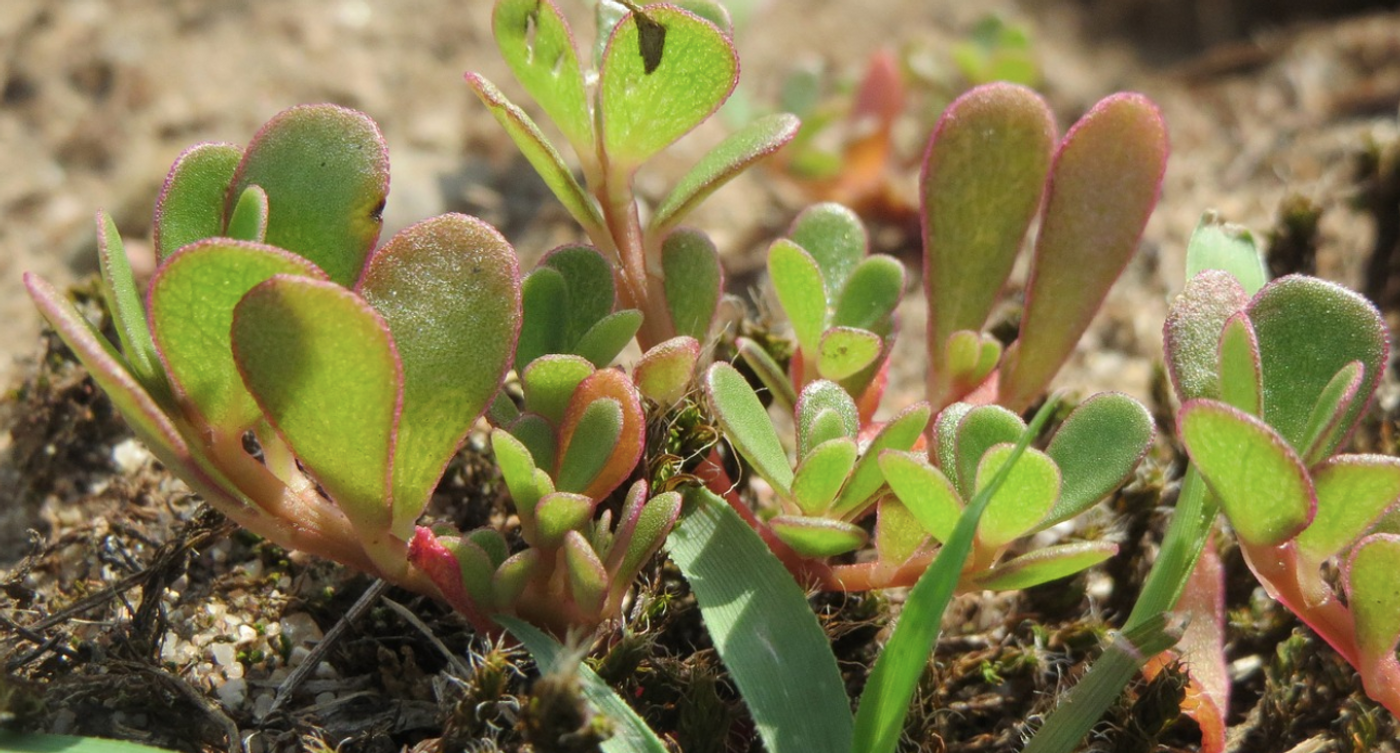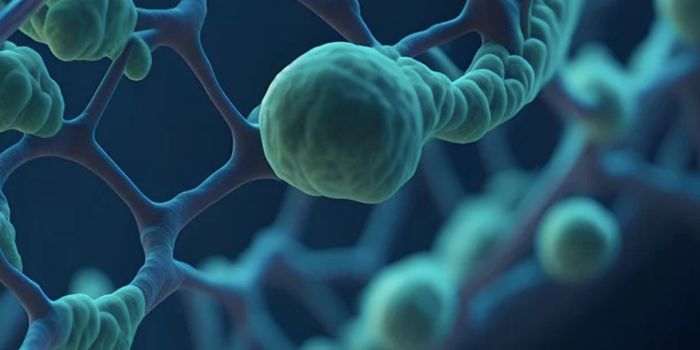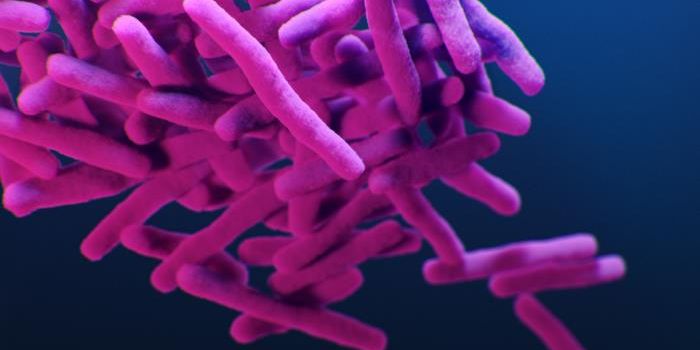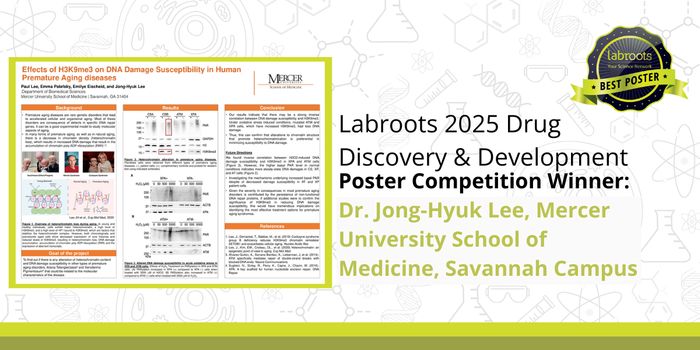This Weed is a Super Plant, Providing Insight Into Drought Tolerance
You may have seen a 'super plant' growing in between the cracks of sidewalks. Portulaca oleracea is commonly known as purslane, and this weed is also an edible superfood that could help researchers develop plants that are more drought resistant. As the climate changes, drought is expected to become an even bigger problem, and the currently, large swaths of the United States and Europe have been experiencing prolonged drought. Researchers have now learned how two different metabolic pathways come together in a photosynthetic process that allows one plant to tolerate drought and stay productive. The findings have been reported in Science Advances.
"This is a very rare combination of traits and has created a kind of 'super plant,' one that could be potentially useful in endeavors such as crop engineering," said senior study author Erika Edwards, a professor of ecology and evolutionary biology at Yale University.
While photosynthesis is a fundamental process that happens in many plants, some organisms have evolved special mechanisms that have improved the biochemical reaction, allowing them to also generate nutrients using sunlight, water, and carbon dioxide. In sugarcane, for example, C4 photosynthesis enables the plant to grow in heat, while cacti use CAM photosynthesis, which is better for plants with limited access to water.
In the purslane plant, both the C4 and CAM adaptations can be found, creating a powerful ability to stay highly productive even in times of extreme drought. This unlikely combination may have arisen independently in purslane leaves, the scientists suggested.
In this study, the researchers analyzed gene expression in various purslane leaves, and compared how genes were expressed spatially. This showed that the C4 and CAM processes were integrated completely, even within the same cells. CAM reaction products are then used in the C4 pathway. This overlap means the plant is very protected during droughts.
This pathway may also help scientists create ways to engineer plants that can continue to produce food even while a prolonged drought is occurring, the study authors suggested.
"In terms of engineering a CAM cycle into a C4 crop, such as maize, there is still a lot of work to do before that could become a reality," said Edwards. "But what we've shown is that the two pathways can be efficiently integrated and share products. C4 and CAM are more compatible than we had thought, which leads us to suspect that there are many more C4+CAM species out there, waiting to be discovered."
Purslane can be eaten raw or cooked. It contains melatonin, glutathione, vitamin A, vitamin C, iron, and calcium, among other vitamins.
Sources: Yale University, Science Advances









